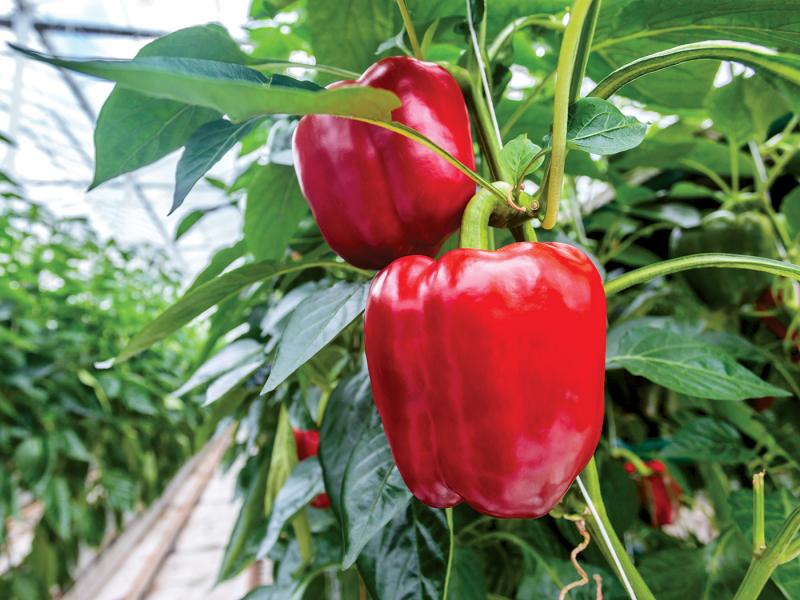One early American cookbook mentions mango not as a tropical fruit but rather as a “mango of cucumbers” and a “mango of walnuts.” Real mangoes are a tropical fruit in the same family as poison ivy, and both plants contain urushiol oil, which is why some people break out in a rash when touching mangoes. Another oddity is that, especially in the Midwest, many people refer to green peppers as 'mangoes.'
It is thought that calling green peppers mangoes might go back to the Eastern European language of 19th century Pennsylvania coal miners, or perhaps it is from a time when imported mangoes were pickled, so anything green and pickled became a “mango.”
As winter approaches, you will want to pick all of your peppers (Capsicum annuum) before they are killed by frost.
Almost all bell peppers will turn red, yellow or even purple if left on the plant. Fully ripe peppers will also have more vitamin C and vitamin A. Red bell peppers tend to be sweeter and fruitier tasting than green peppers, but many people prefer the green pepper taste, especially in potato salads or baked stuffed peppers.
Your freshly picked peppers will continue to ripen after you pick them. Help this along by storing them in a cool area of the kitchen out of direct sunlight. They will stay fresh for up to two weeks if kept in a cool spot, say 50° to 60°F .
When harvesting green bell peppers, do not just yank them from the plant, because this could damage the plant and tear the flesh of the peppers. Always cut the peppers from the plants with a sharp knife along with an inch or so of the stem.
You can freeze green bell peppers for later use, and they do not need to be blanched in hot water like many vegetables such as green beans.
To extend your bell pepper harvest, protect the plants from frosts by loosely covering them with a light blanket or even plastic sheets. You can also pull up the entire pepper plant and hang it upside down in a dry area to let the peppers ripen. As they ripen, bell peppers will get a bit softer and slightly sweeter.
Grow your bell peppers in rich soil that drains well. Plant them in full sun in soil with a pH between 6.0 and 6.8. Do not plant bell peppers where you have planted peppers or any other members of the nightshade family (tomatoes, potatoes or eggplants) in the last few years. Let the ground heat up before you apply any mulch. If you use fertilizer, choose one that is low in nitrogen or you will end up with lots of leaves and few peppers.
Even as winter approaches, your pepper plants need to stay healthy and that means watering them when dry. However, do not give them too much water. Let the top inch or so of soil get dry before you water your pepper plants.
Pick your green bell peppers before frost and stuff them with pickled cabbage for your very own 'pickled mangoes.' No tropical trees needed.





















































